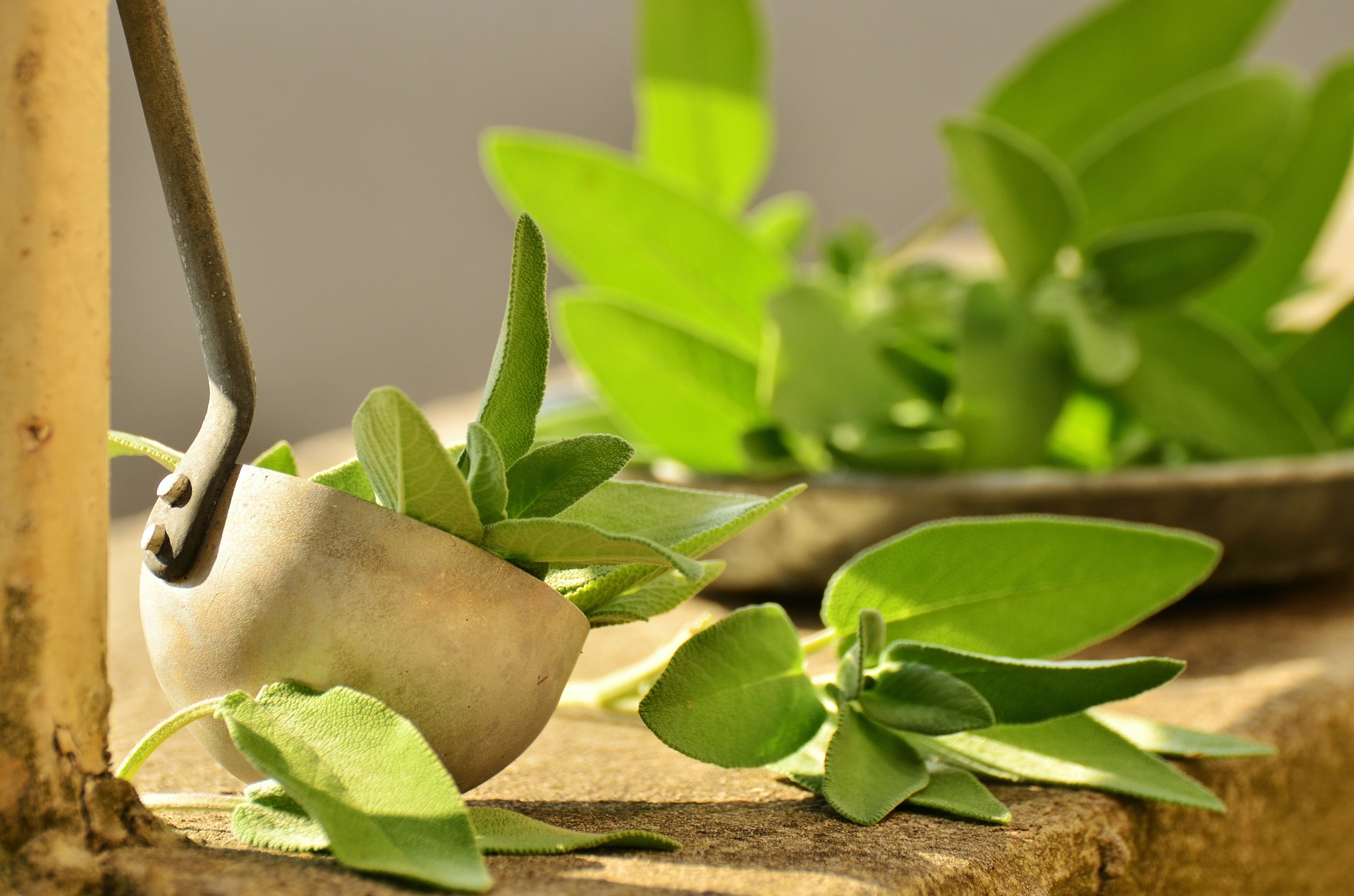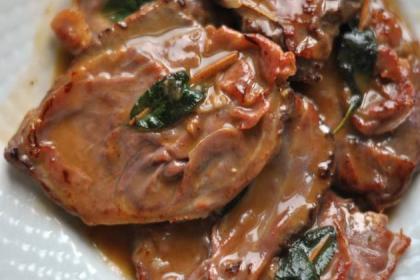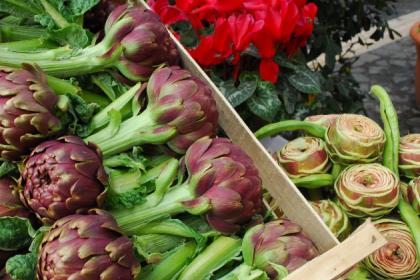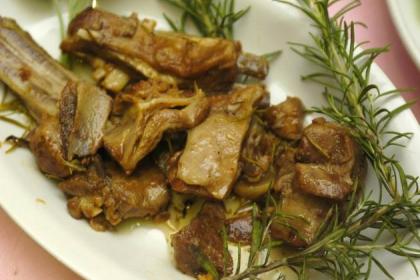
At the time of the Roman Empire, spices and herbs were used to enhance dining pleasure. In the Middle Ages, thanks to the influence of the Arabs, new tastes emerged, and several spices became available in Roman cuisine. The main additions were black pepper, valuable and used by the wealthiest classes, and chilli pepper.
Herbs have always played an equally important role: celery, basil, and parsley are always present in traditional Roman recipes and are still found today on market stalls tied in fragrant bunches. Celery, in particular, called “sellero” in Roman dialect, arrived in the capital thanks to Cardinal Luigi Corsaro, who cultivated it in abundance in his garden near the Trevi Fountain and often gave it to the Pope and cardinals.
With fennel, radishes, black pepper and extra virgin olive oil, celery is the essential ingredient for a rigorous "cazzimperio" to be enjoyed at the end of a meal. This ancient word, of uncertain origin, is mentioned in the Roman dialectal sonnets of two great poets, Giuseppe Gioachino Belli and Trilussa, and indicates the so-called Roman pinzimonio. It is a simple, delicious and colourful dish: a set of raw cut vegetables to be dipped in a sauce of oil, salt and pepper.
Parsley, available in all seasons, gives a unique flavour to traditional dishes, such as the delicious Roman-style artichokes, spicy penne all'arrabbiata, spaghetti with "telline", and succulent stewed kidney. It is one of the most versatile aromatic herbs and among the most used in traditional cuisine, a quality that gave rise to the curious expression "you are like parsley", referring to someone who is almost everywhere.
Basil, the prince of aromatic plants: very fragrant, with a bright green colour, cannot be missing in Roman kitchens. Besides tomato sauces and preparations, it is indispensable in some soups, pasta dishes, tomatoes with rice, a must in the Summer, and Roman panzanella, to which the great actor Aldo Fabrizi dedicated a sonnet.
Rosemary is the undisputed king of roasts and is present in many marinated and roasted preparations. Among these, the abbacchio alla cacciatora and a scottadito (lamb), one of the tastiest and most popular dishes of the Capitoline gastronomy, so-called from the custom of eating the delicious lamb chops with your hands while burning your fingers.
Sage makes the famous saltimbocca alla romana even more aromatic. And more: fennel seeds, oregano and bay leaf, essential for pork livers, Roman mint, which gives a unique flavour to Roman-style artichokes, aubergines, Roman-style tripe, celebrated by the poet Giuseppe Gioachino Belli and actress Elena Fabrizi, known as "Sora Lella", and marjoram, used for chicken with peppers and protagonist of the pancotto with oil.
This recipe from the past that we invite you to rediscover.
The recipe: Pancotto with oil
Ingredients
- water
- two cloves of garlic
- extra virgin olive oil
- salt
- pepper
- marjoram
Preparation
Put a quantity of water in the pot in proportion to the number of guests and add a little salt, a little oil and a couple of peeled garlic cloves. Break the bread into small pieces, put it into the pot and let it boil for a few minutes, stirring occasionally. The pancotto should be dense and quite elastic. Pour it into the plates, adding a pinch of salt, marjoram and black pepper.
Saltimbocca alla romana

Artichoke My Love

Il principe "verde" della cucina romana
Abbacchio a scottadito

Food trail












































